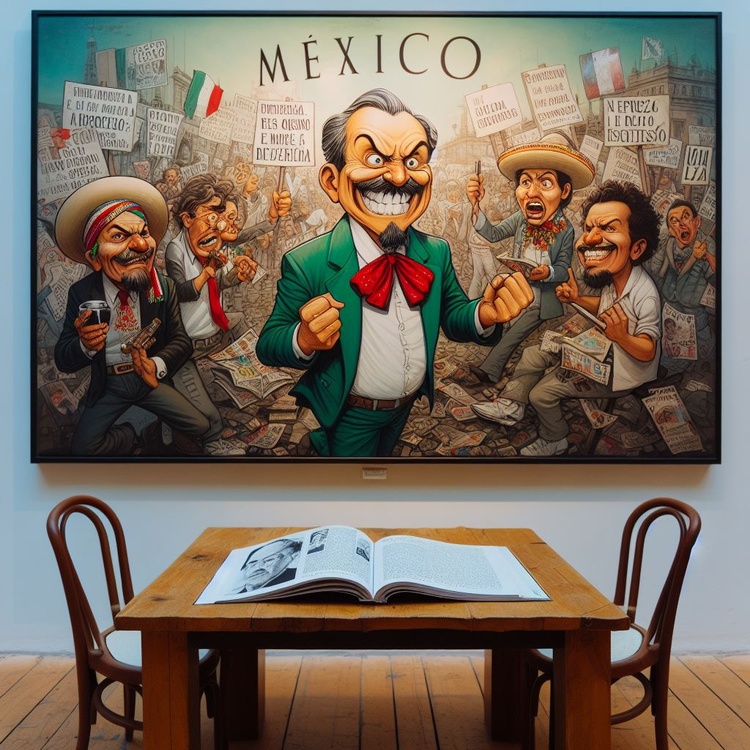
History of Caricature in Mexico
A Laugh with a Bite: A History of Caricature in Mexico
Mexico boasts a long and fascinating history with caricature, an art form that uses exaggeration and humor to comment on society and politics. From its early days as a tool for dissent to its current status as a vibrant form of expression, caricature has played a significant role in shaping Mexican culture.
The Seeds of Dissent (19th Century):
Image of La Catrina by José Guadalupe PosadaOpens in a new window
hechoamano.org
La Catrina by José Guadalupe Posada
The 19th century saw the rise of political caricature in Mexico. During the extended presidency of Porfirio Díaz (1876-1911), a period marked by economic disparity and political repression, caricature became a weapon for the common people. Artists like José Guadalupe Posada emerged as crucial figures. Posada's distinctive style, often showcased in satirical publications like "El Ahuizote" (The Water Monster), featured exaggerated features and biting social commentary. His iconic image, "La Catrina," a skeleton dressed as a wealthy socialite, continues to be a symbol of Mexico's unique relationship with death and social class .
The Golden Age of Caricature (20th Century):
The 20th century witnessed a flourishing of caricature in Mexico. The Mexican Revolution (1910-1920) further cemented caricature's role as a powerful tool for social critique. Cartoonists like Manuel Cabral and Antonio Arias Bernal used a technique called "fotocaricatura" (photo-caricature), which incorporated photography with caricature to create humorous yet pointed social commentary.
Following the Revolution, artists like Eduardo del Río, better known by his pen name Rius, and Abel Quezada became household names. Rius, known for his sharp wit and leftist leanings, used his cartoons to lampoon political corruption and social inequalities in publications like "Los Supermachos" (The Supermen). Quezada, on the other hand, employed a more playful style, often using animals to represent politicians and social issues in his long-running comic strip "El Ratón Machaca" (The Crushed Rat) [Museo de la Caricatura Mexico City, [invalid URL removed]].
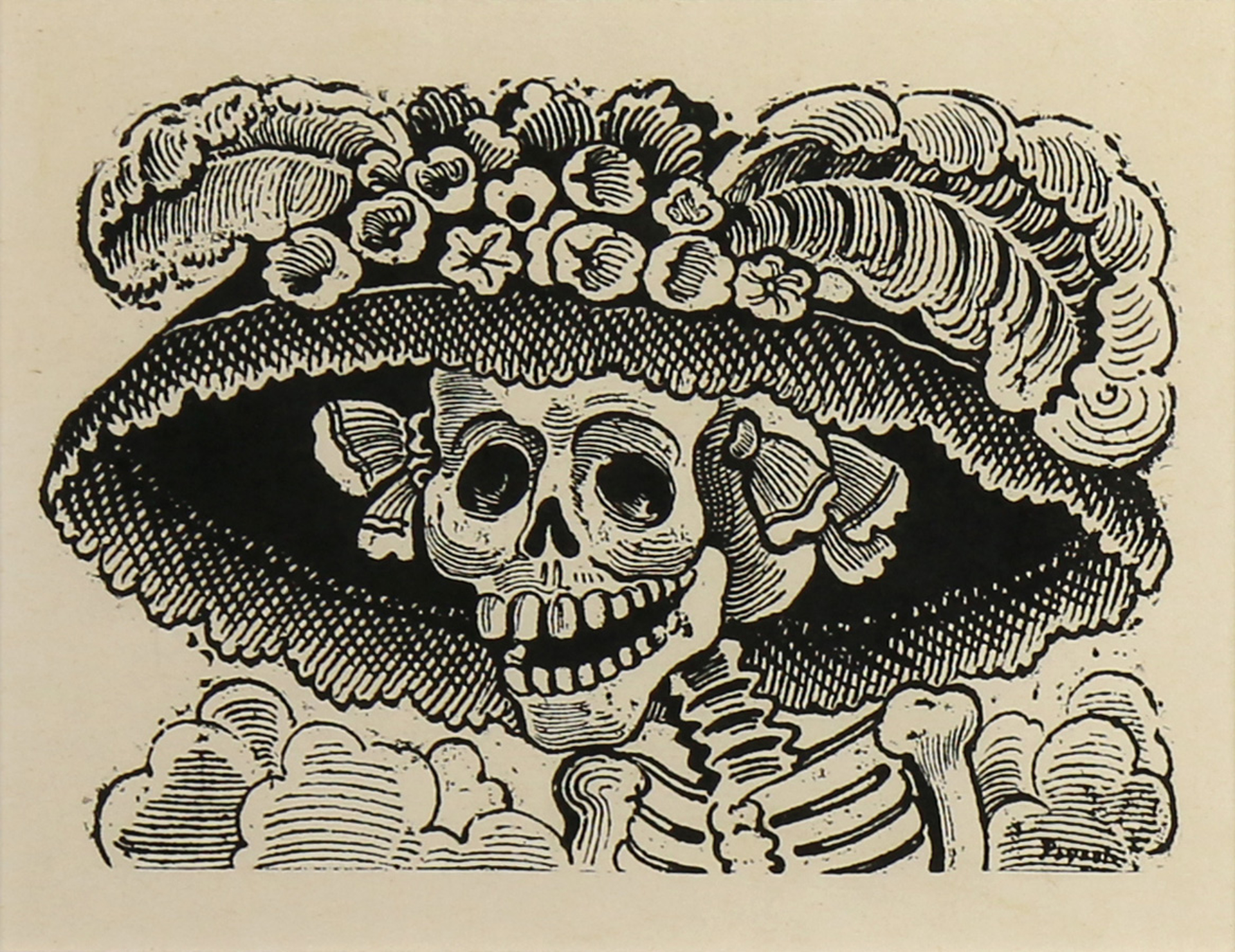
A Legacy that Endures:
Caricature remains a vibrant art form in Mexico today. Cartoonists continue to use their craft for entertainment and social commentary, addressing contemporary issues like government policies and environmental concerns. The Museo de la Caricatura (Caricature Museum) in Mexico City stands as a testament to this rich tradition, showcasing the works of both historical and contemporary Mexican cartoonists [Museo de la Caricatura Mexico City, Wikipedia].
Mexico's history of caricature offers a compelling glimpse into the country's social and political evolution. It's a story of humor and resistance, a reminder of the power of art to challenge authority and spark conversation.
Latamarte
- Tags
- #History
- #Caricature
- #Mexico
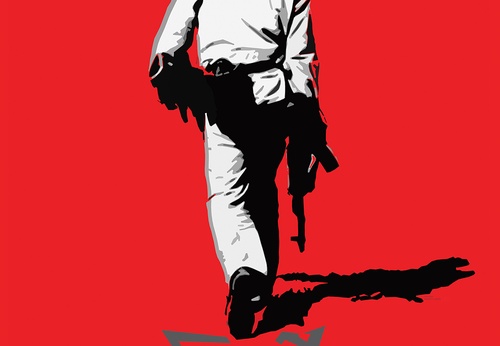
- July 02, 2025
Israel Will Surely Be Destroyed

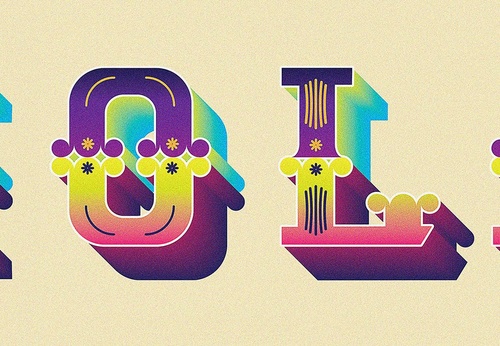
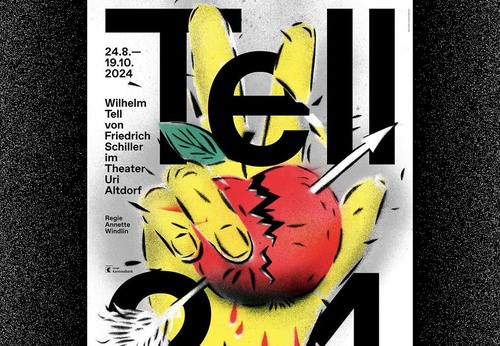
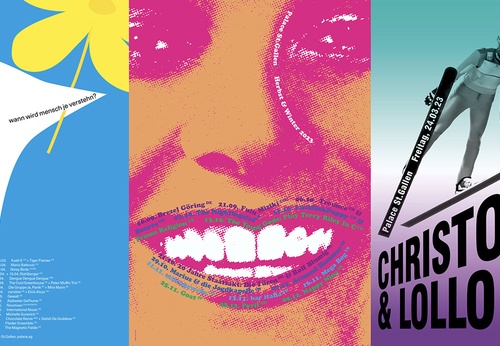
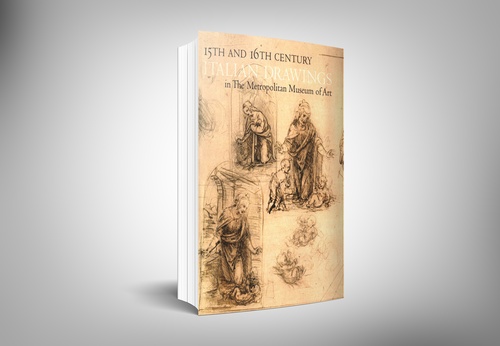
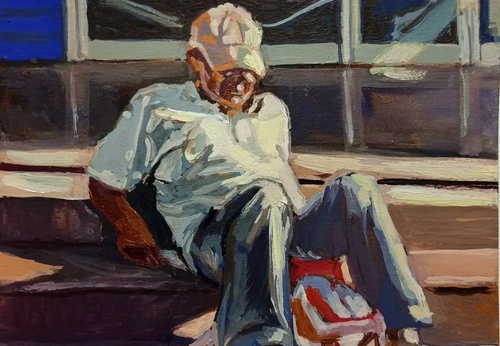
- July 01, 2025
Gallery Of Sculpture By Leandro Mompié - Cuba
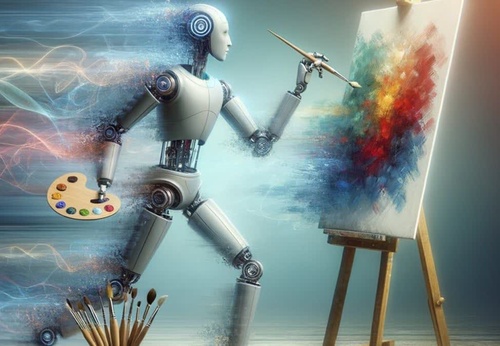
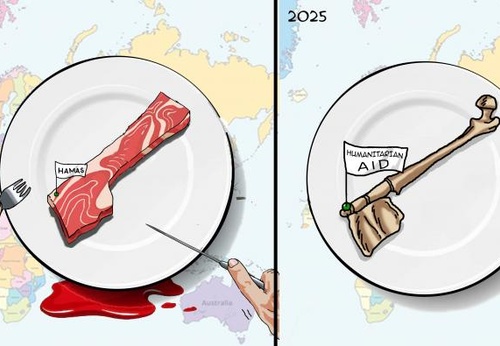
- July 01, 2025
The ruins of Gaza

- July 01, 2025
How Digital Artists Collaborate with Ar…

- July 01, 2025
Reflections of Digital Art in Different…

- June 30, 2025
Crítica de Obras Artísticas Criadas por…

- June 30, 2025
What are Plastic Arts?

- June 30, 2025
Images Against Silence: Artists Who Cha…

- June 29, 2025
History of Art Photography in the 20th …

- June 28, 2025
The 11 types of art and their meanings

- June 28, 2025
Contemporary Art is postmodern art

- June 26, 2025
Graphic Design, Art, and Technology: Wh…

- June 25, 2025
Graphic Design and Modern Content Creat…

- June 25, 2025
Art as a Manifestation of Resistance

- June 24, 2025
Latin American Art in the world

- June 24, 2025
Painting as a form of emotional express…

- June 23, 2025
14 questions and answers about the art …

- June 23, 2025
9 Latino painters and their great contr…

- June 22, 2025
The most famous image of Ernesto "Che" …

- June 21, 2025
Resistance in Ink and Paper: Illustrati…

- June 21, 2025
Art as a Tool for Enlightenment and Soc…

- June 18, 2025
Graphic Design and the Psychology of Co…

- June 17, 2025
Combining Art and Technology: Breaking …

- August 29, 2023
The history of Bolivian art

- February 19, 2024
Analysis and meaning of Van Gogh's Star…

- January 28, 2024
Culture and Art in Argentina

- September 25, 2023
What is the importance of art in human …

- September 23, 2023
What is paint?

- August 10, 2023
14 questions and answers about the art …

- August 30, 2023
First artistic manifestations

- August 23, 2023
The 11 types of art and their meanings

- September 23, 2023
Painting characteristics

- January 12, 2024
10 most beautiful statues and sculpture…

- September 23, 2023
History of painting

- August 16, 2023
The 15 greatest painters in art history

- March 26, 2024
The importance of technology in art1

- April 06, 2024
History of visual arts in Ecuador

- January 31, 2024
Examples of Street Art – Urban Art

- April 07, 2024
Graffiti in Latin American culture

- January 20, 2024
What is the relationship between art an…

- March 26, 2024
Cultural identity and its impact on art…

- October 21, 2023
Contemporary art after the Second World…

- August 25, 2024
A Comprehensive Analysis of the Cartoon…

- February 19, 2024
Analysis and meaning of Van Gogh's Star…

- August 13, 2023
9 Latino painters and their great contr…

- August 10, 2023
14 questions and answers about the art …

- August 29, 2023
The history of Bolivian art

- January 28, 2024
Culture and Art in Argentina

- August 23, 2023
The 11 types of art and their meanings

- November 06, 2023
5 Latin American artists and their works

- August 27, 2023
15 main works of Van Gogh

- September 23, 2023
Painting characteristics

- September 23, 2023
What is paint?

- September 25, 2023
What is the importance of art in human …

- December 18, 2023
10 iconic works by Oscar Niemeyer, geni…

- August 30, 2023
First artistic manifestations

- January 20, 2024
What is the relationship between art an…

- March 26, 2024
Cultural identity and its impact on art…

- January 12, 2024
10 most beautiful statues and sculpture…

- October 30, 2023
Characteristics of Contemporary Art

- August 22, 2023
What are Plastic Arts?

- April 16, 2024
The most important painters of Latin Am…

- August 24, 2023


